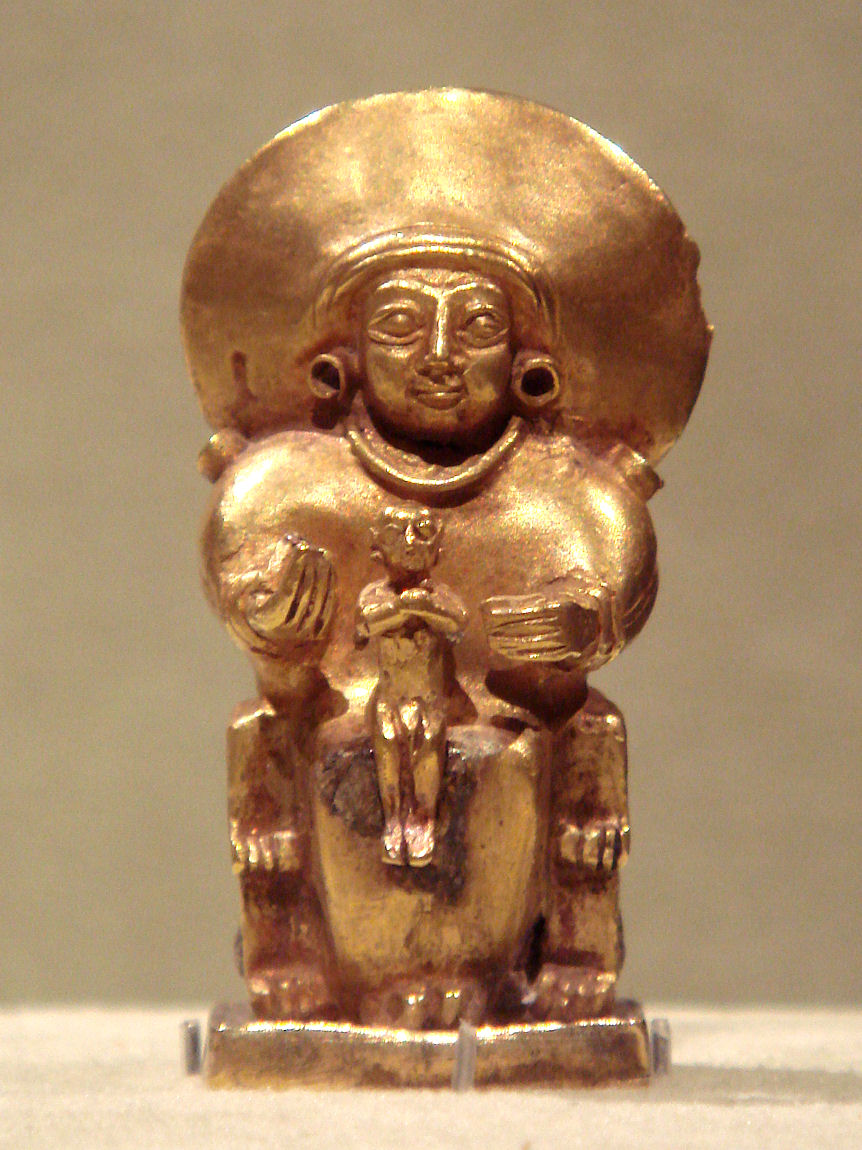|
Sun Goddess Of Arinna
The Sun goddess of Arinna, also sometimes identified as Arinniti or as Wuru(n)šemu, is the chief goddess and companion of the weather god Tarḫunna in Hittite mythology. She protected the Hittite kingdom and was called the "Queen of all lands." Her cult centre was the sacred city of Arinna. In addition to the Sun goddess of Arinna, the Hittites also worshipped the Sun goddess of the Earth and the Sun god of Heaven, while the Luwians originally worshipped the old Proto-Indo-European Sun god Tiwaz. It appears that in the northern cultural sphere of the early Hittites, there was no male solar deity. Distinguishing the various solar deities in the texts is difficult since most are simply written with the Sumerogram dUTU (Solar deity). As a result, the interpretation of the solar deities remains a subject of debate. Family and myths The Sun goddess of Arinna and the weather god Tarḫunna formed a pair and together they occupied the highest position in the Hittite state's pant ... [...More Info...] [...Related Items...] OR: [Wikipedia] [Google] [Baidu] |
